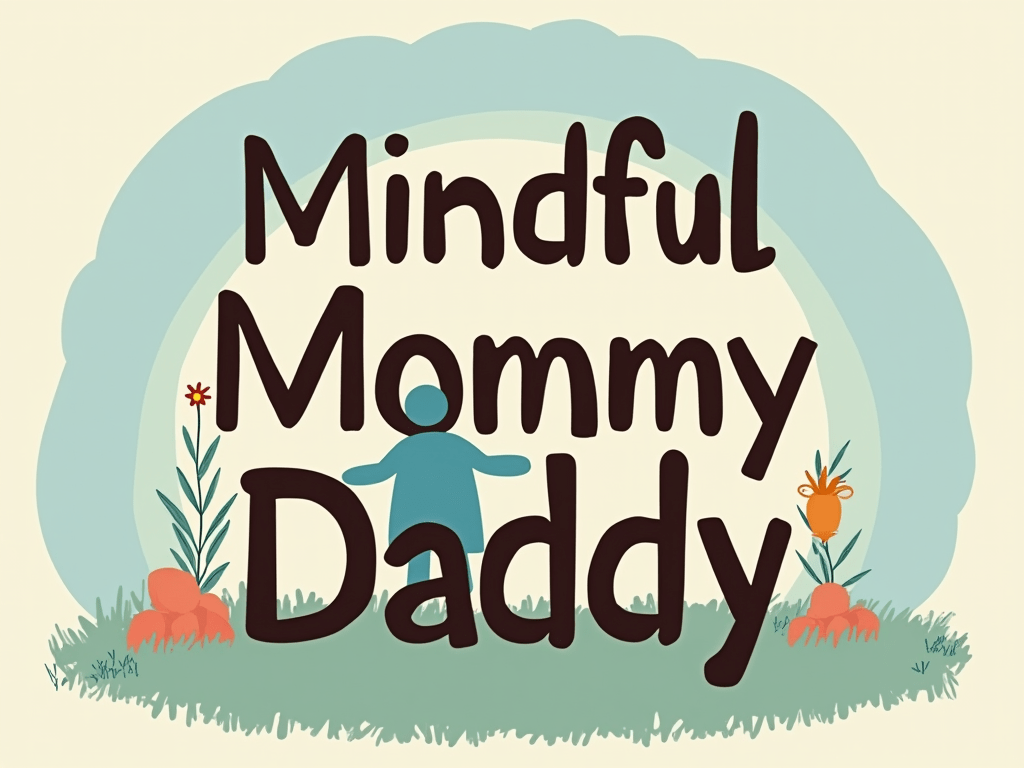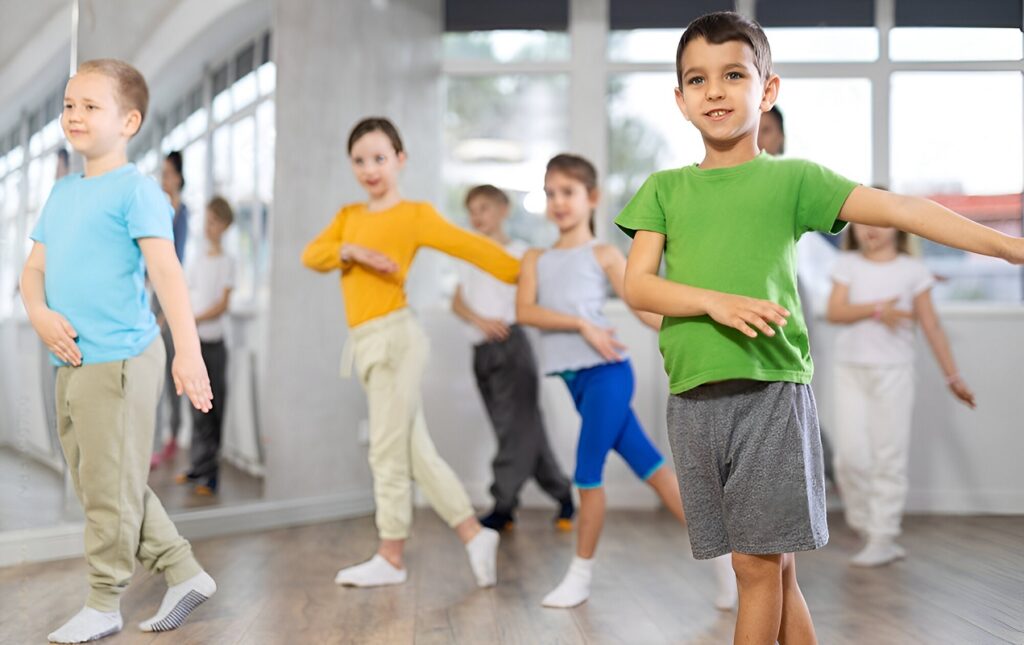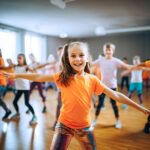Choosing the right dance studio for your child is a significant decision that can shape their physical development, social confidence, and love for the performing arts. With countless studios offering varying styles, levels, and environments, understanding what truly matters is critical. Our comprehensive parent’s guide to choosing a dance studio for their child ensures you make an informed, confident choice that supports your child’s growth, safety, and joy.
Key Takeaways:
- Qualified Instructors Matter
Choose studios with certified, experienced dance teachers who understand both technique and child development. - Safety Comes First
Prioritize studios with sprung floors, clean facilities, and proper safety measures to prevent injury. - Small Class Sizes Encourage Growth
Look for low student-to-teacher ratios to ensure your child receives personalized attention and support. - Curriculum Should Be Age-Appropriate
The best studios offer structured programs that grow with your child’s abilities and interests. - Open Communication Is Essential
Choose a studio that maintains clear, transparent communication with parents about schedules, progress, and expectations.
Evaluating the Studio’s Teaching Philosophy and Values
A dance studio should reflect values aligned with your child’s personal development and self-expression. Look for studios that foster discipline, creativity, inclusivity, and long-term growth over competition. The best programs balance technical excellence with emotional intelligence—nurturing confidence and respect alongside skill.
Ask the studio about:
- Their mission and vision
- Expectations for students at different levels
- Emphasis on competition vs. recreational dance
- How they handle student feedback and personal development
Certified Instructors and Teaching Credentials
Qualified instructors are the backbone of any reputable dance program. Verify that the teaching staff hold certifications from recognized organizations like RAD, ABT, or ISTD. Inquire about their professional experience both as dancers and educators. Instructors should also have training in child development and injury prevention.
Key questions to ask:
- Are instructors certified in multiple dance disciplines?
- Do they attend ongoing professional development?
- Is there a consistent instructor for each class level?
Class Size, Student-to-Teacher Ratio, and Personalized Attention
Smaller class sizes enable individual attention, especially for beginners. A lower student-to-teacher ratio fosters a supportive environment where instructors can correct technique, provide encouragement, and adapt instruction to different learning styles.
Ideal ratios:
- Beginner classes: no more than 10–12 students
- Intermediate/advanced levels: 12–15 students with assistants if needed
Observe a class, if possible, to see how instructors manage group dynamics and offer corrections.
Safety Measures and Studio Facilities
Dance requires physical exertion, so the studio’s infrastructure must prioritize safety. Check that flooring is sprung or Marley-style, which reduces joint strain and minimizes injury risk. Ventilation, cleanliness, and accessible emergency protocols also matter.
Studio checklist:
- Properly cushioned, non-slip flooring
- Mirrors, barres, and sound systems in good condition
- First-aid trained staff on-site
- Clear hygiene policies and emergency procedures
Age-Appropriate Curriculum and Technique Progression
Each age group learns differently, and the curriculum should match their developmental stage. For young children, classes should focus on musicality, coordination, and imagination. As they grow, training should introduce technique, strength, and choreography gradually and with purpose.
Verify:
- Curriculum is structured with defined milestones
- Flexibility in progression based on individual growth
- Emphasis on foundational skills before advanced tricks
Performance Opportunities and Competition Balance
Not all students want to compete. Studios should offer a balance of performance opportunities: annual recitals, showcases, or community events in addition to or instead of competitive teams.
Consider:
- How often students perform publicly
- Whether performances are optional or required
- Time and financial commitment expected from parents
- Age-appropriate costumes and themes used
Inclusive and Supportive Environment
A welcoming studio promotes diversity, equity, and respect. Observe how students interact, how teachers speak, and how differences are embraced. Studios should be safe for children of all backgrounds, identities, and abilities.
Look for:
- Clear anti-bullying and inclusion policies
- Accommodations for neurodiverse or differently-abled students
- A code of conduct for parents and students
Parent Communication and Studio Transparency
Trust is built on open, consistent communication. Studios should provide regular updates, feedback channels, and clearly stated policies.
Expect:
- Monthly or termly newsletters
- Transparent tuition and fee structures
- Accessible studio policies and calendars
- A designated point-of-contact for parent queries
Tuition Costs, Registration Fees, and Value for Investment
Cost matters, but it should be evaluated in the context of value. Cheaper isn’t always better. Understand what is included in tuition, such as costume fees, recital tickets, competition costs, and uniforms.
Clarify:
- Registration and cancellation policies
- Payment plans or financial aid availability
- Any hidden or seasonal charges
Trial Classes and Observations
Many quality studios offer trial classes or observation sessions. This is an excellent opportunity to gauge class energy, teaching style, and your child’s comfort level.
During a trial class, assess:
- Your child’s engagement and enjoyment
- Instructor rapport and clarity
- Class structure and peer interaction
Questions to Ask Before Enrolling
A studio visit should leave you informed and confident. Use this checklist as a guide:
- What are the studio’s goals for each level?
- How does progression work between levels?
- Are parents allowed to observe classes?
- What’s the cancellation and refund policy?
- What are the expectations for at-home practice?
By choosing a dance studio with a nurturing environment, certified teachers, age-appropriate curriculum, and transparent communication, you create the foundation for your child’s long-term success and enjoyment in dance. Let this guide help you navigate every step with clarity and confidence.
What age is best to start dance classes?
Most children can begin dance classes between ages 3–5. At this stage, classes focus on basic coordination, rhythm, and fun movement to build interest.
Should I choose a competitive or recreational dance program?
It depends on your child’s goals. Recreational programs focus on fun and fitness, while competitive ones require more commitment and are ideal for serious dancers.
How can I tell if a dance studio is a good fit for my child?
Attend a trial class, speak with instructors, observe the class atmosphere, and ensure the studio’s values align with your child’s needs and personality.



